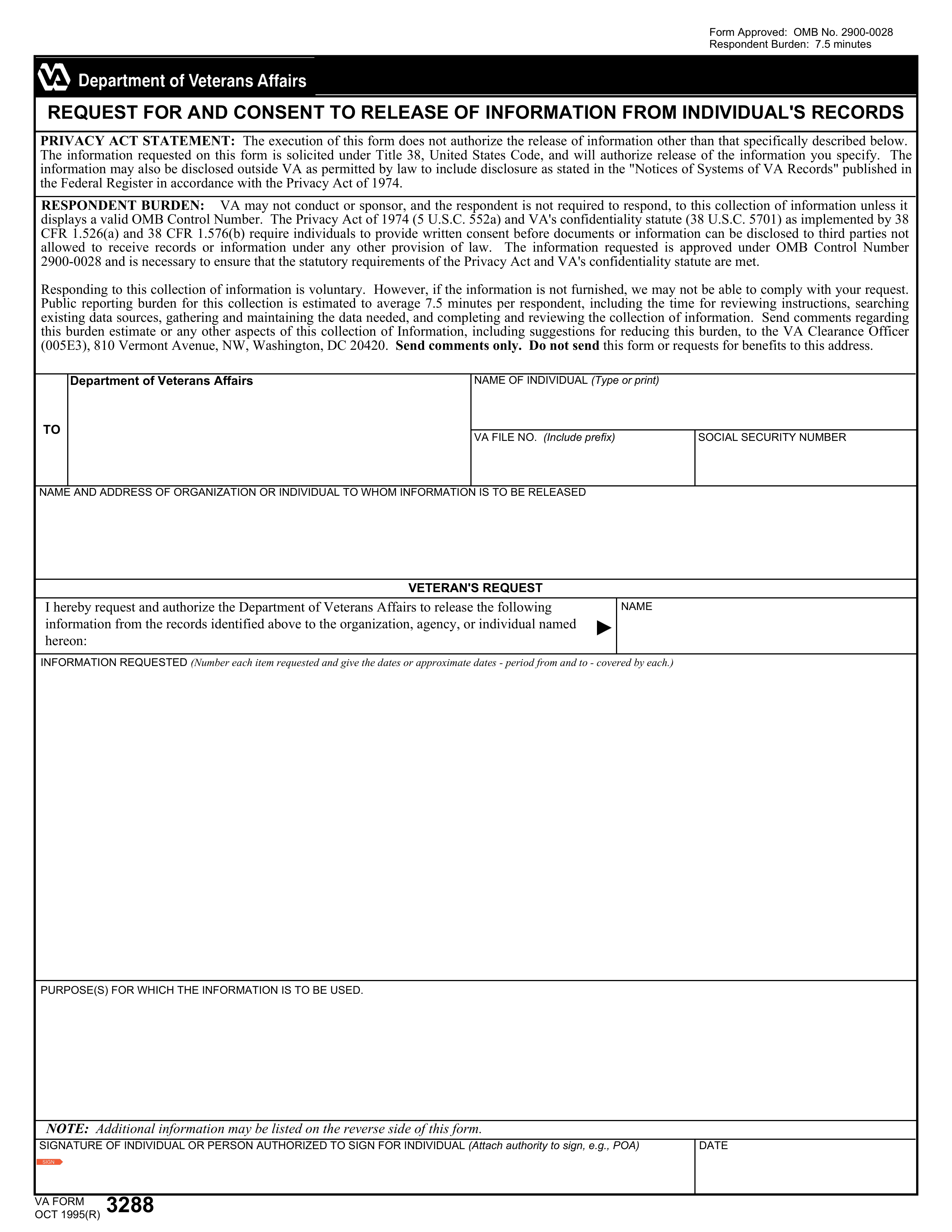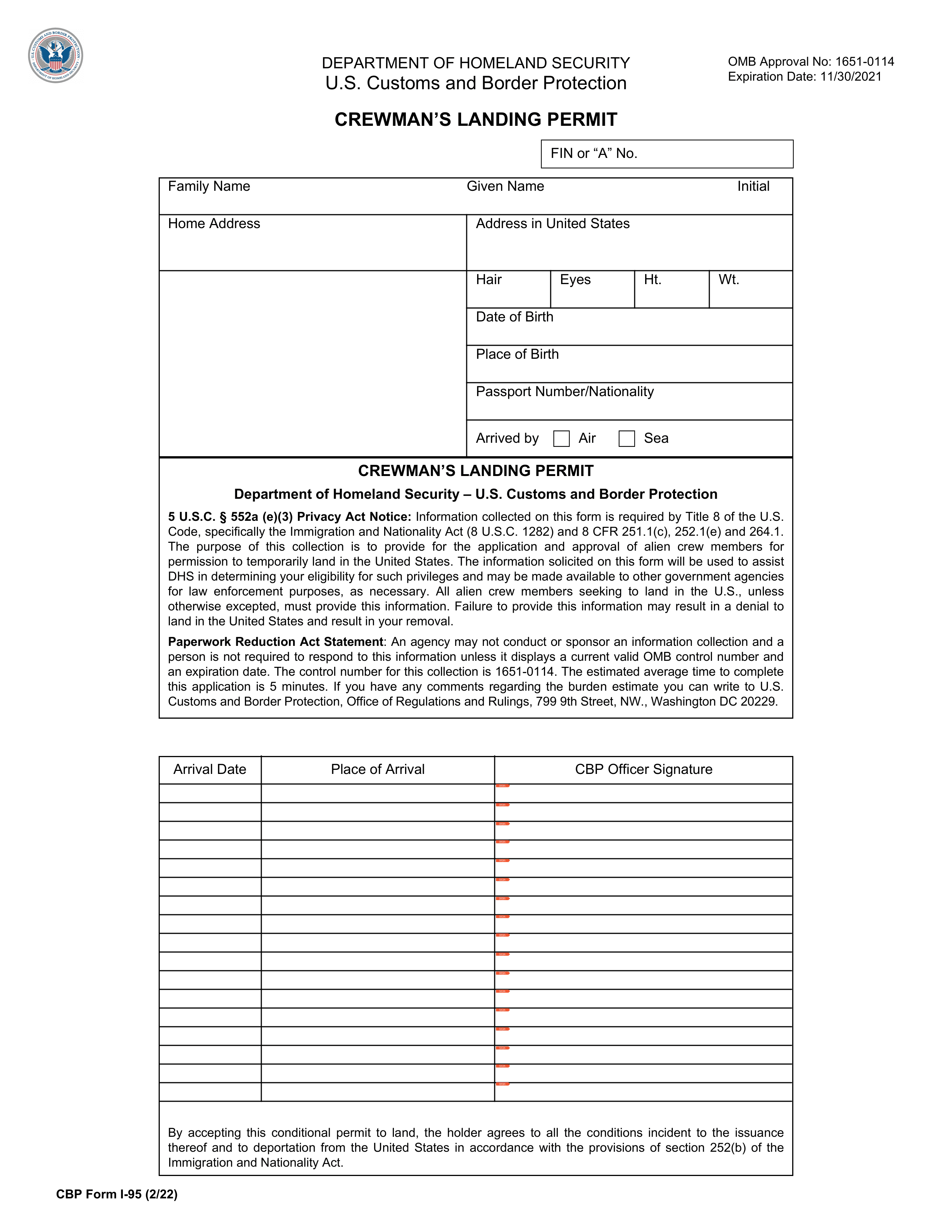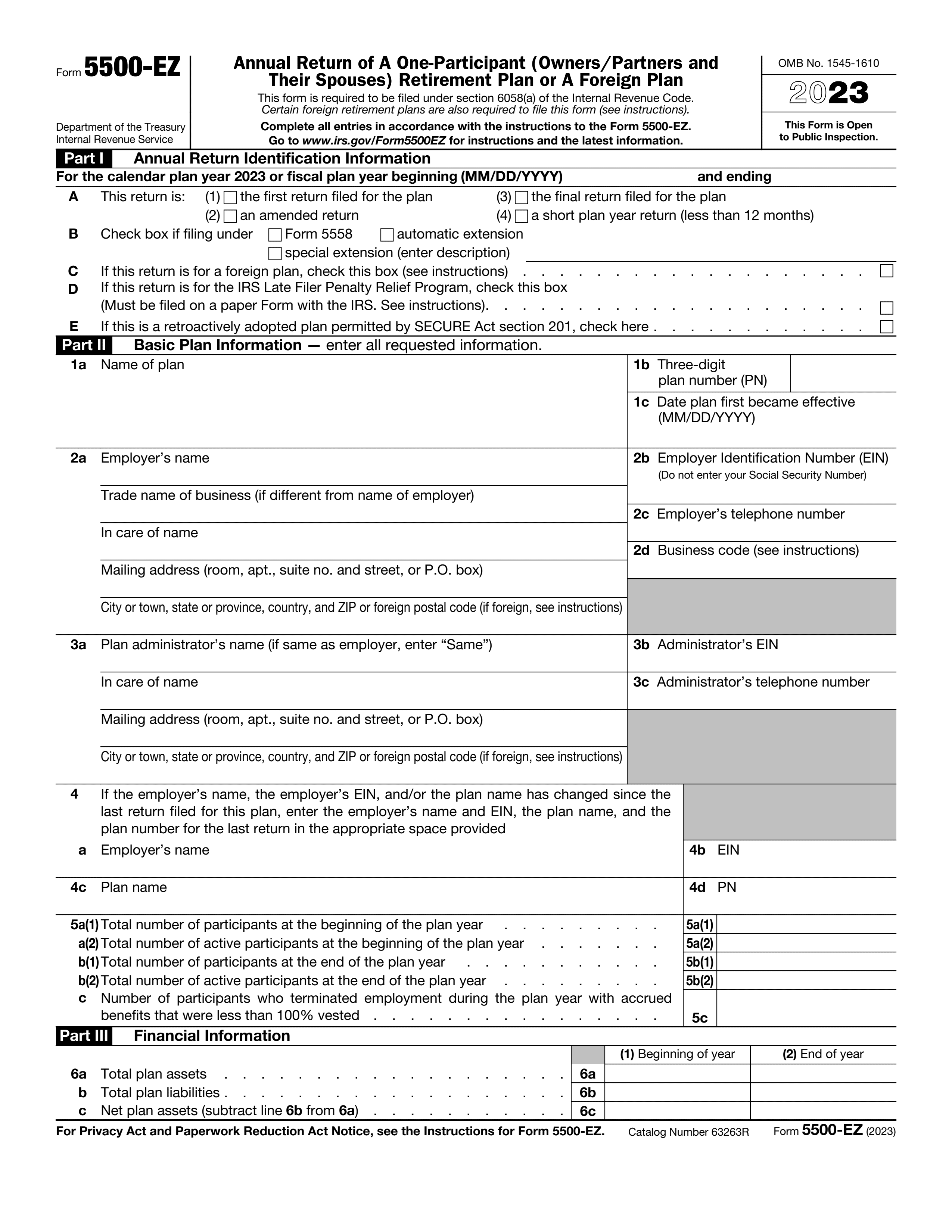What is Form 56?
Form 56, known as the Notice Concerning Fiduciary Relationship, is essential for notifying the IRS about changes in who manages another person's financial affairs. This applies in cases where a guardian, executor, or trustee assumes responsibility. By submitting this form, you ensure the IRS is aware of who will handle the individual's tax obligations, which is vital for accurate tax administration and compliance. It helps avoid delays and ensures that all pertinent information reaches the appropriate person.
What is Form 56 used for?
Form 56 is an important document for tax matters related to fiduciary relationships. Here’s what it’s used for:
- Notify the IRS about starting or ending a fiduciary relationship under section 6903.
- Provide notice of qualification under section 6036.
- Designate authority and contact details for the fiduciary.
- Allow the IRS to communicate with the fiduciary on tax issues linked to the estate, trust, or individual.
How to fill out Form 56?
- 1
Fill out the name and address of the fiduciary and their Social Security Number or EIN.
- 2
Enter your name and address in the designated fields.
- 3
Check the boxes to indicate your authority (e.g., court appointment, valid trust instrument).
- 4
If needed, enter the date of death or appointment.
- 5
Complete and sign the form to validate it.
Who is required to fill out Form 56?
Fiduciaries, including those acting on behalf of individuals, estates, or trusts, are responsible for completing Form 56. This form is also used by receivers and assignees for creditors.
After completion, the IRS uses Form 56 to track changes in fiduciary status, which can affect tax obligations and reporting requirements.
When is Form 56 not required?
Form 56 is not necessary if there is no change in the fiduciary relationship, meaning the fiduciary remains in their role without alterations. Additionally, individuals without legal responsibility for managing an estate or trust's assets do not need to file Form 56.
When is Form 56 due?
The deadline for Form 56 is when a fiduciary relationship is created or terminated. For receivers and assignees for the benefit of creditors, it must be filed within 10 days of the appointment date. For other fiduciary relationships, file it promptly after establishing or ending your duties. Late filing can lead to penalties, so it's important to stay on top of these deadlines.
How to get a blank Form 56?
The Internal Revenue Service (IRS) issues Form 56, Notice Concerning Fiduciary Relationship. Our platform has a blank version of this form ready for you to fill out. Remember, PDF Guru assists with filling and downloading forms, but does not support filing them.
Do you need to sign Form 56?
Yes, you need to sign Form 56. The signature certifies that all information provided is accurate and truthful, which is vital for the form's validity and the fiduciary's legal responsibilities. To fill out and download your form, use PDF Guru’s editing tools. Remember to check for the latest updates regarding signature requirements before finalizing your submission, as PDF Guru does not support form submissions.
Where to file Form 56?
To submit Form 56, first ensure you have filled it out completely. Then, mail it to the IRS Center where the individual you represent files tax returns.
Remember, Form 56 cannot be e-filed with the 1040 return. It must be submitted separately. For detailed guidance, consult the Form 56 Instructions.







